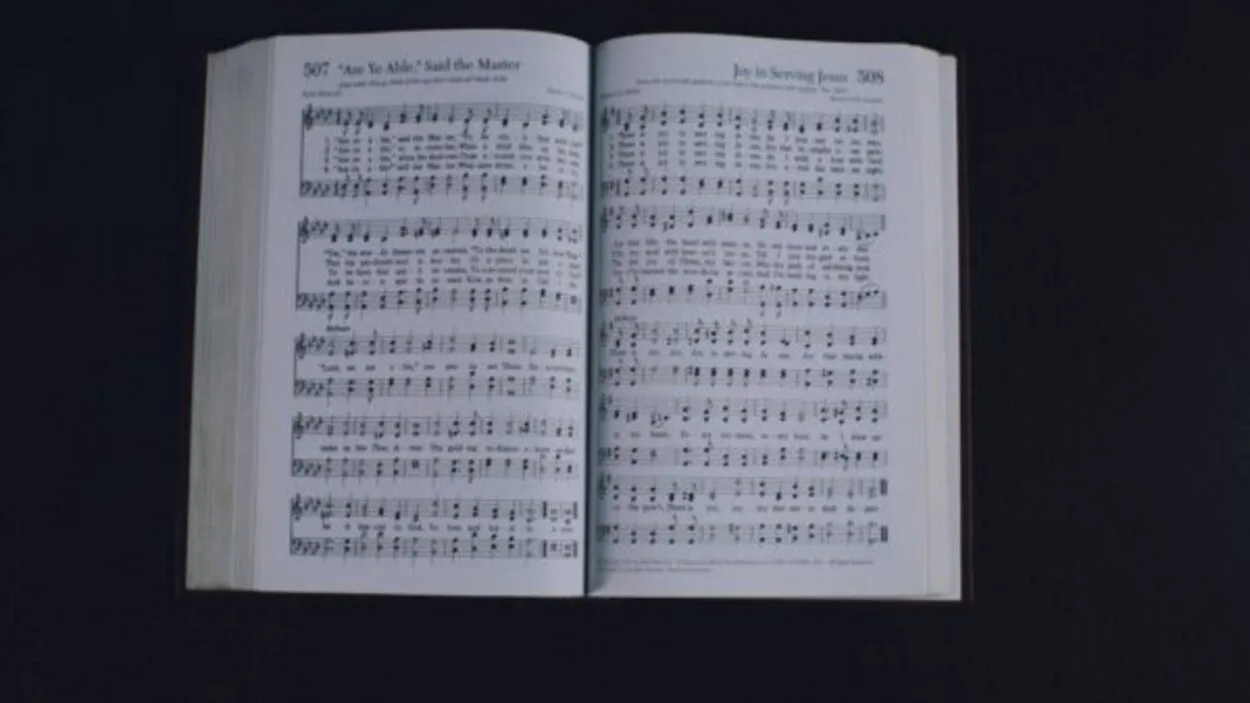The ‘Alabama Song,’ originally composed by Kurt Weill and Bertolt Brecht for their 1927 opera “Mahagonny,” has transcended its origins to become a cultural phenomenon with a lasting impact across genres and eras.
Its evocative lyrics and haunting melody have captured the imagination of musicians and listeners alike, leading to countless reinterpretations and adaptations that continue to resonate with audiences today.
In this exploration, we delve into the timeless appeal and enduring impact of the ‘Alabama Song,’ tracing its journey from the stages of Weimar-era Germany to the global cultural landscape of the 21st century.
The Birth of a Classic: Origins and Context:

The ‘Alabama Song’ originated as part of Kurt Weill and Bertolt Brecht’s groundbreaking opera “Mahagonny,” which premiered in Leipzig, Germany, in 1930.
Set in the fictional city of Mahagonny, the opera satirized the excesses of capitalism and the allure of the American Dream, with the ‘Alabama Song’ serving as the centerpiece of the production.
Its lyrics, penned by Brecht, reflect the disillusionment and longing of the era, portraying a desire for escape and adventure in the face of social and economic upheaval.
Weill’s haunting melody complements Brecht’s lyrics, creating a sense of yearning and nostalgia that resonates with audiences to this day.
A Cultural Phenomenon: Reinterpretations and Adaptations:

Since its debut in “Mahagonny,” the ‘Alabama Song’ has been reimagined and adapted by artists across genres and eras.
From jazz to rock, folk to punk, musicians have been drawn to the song’s evocative lyrics and memorable melody, infusing it with their unique style and interpretation.
Iconic performers such as The Doors, David Bowie, and Tom Waits have all put their stamp on the ‘Alabama Song,’ transforming it into a cultural touchstone that transcends boundaries of time and genre.
Each reinterpretation adds new layers of meaning to the song, reflecting the evolving social, political, and cultural landscape of the times.
Enduring Themes: Exploring the Song’s Resonance

At its core, the ‘Alabama Song’ explores timeless themes of longing, wanderlust, and the search for freedom and belonging.
Its evocative lyrics speak to the universal human experience, tapping into emotions and desires that are as relevant today as they were nearly a century ago.
Whether performed in the smoky cabarets of Weimar-era Germany or the bustling streets of modern-day New York City, the song’s message remains unchanged: a longing for escape, a yearning for adventure, and a desire to break free from the constraints of society and convention.

Cultural Impact: From Cabaret to Pop Culture

The ‘Alabama Song’ has left an indelible mark on popular culture, its haunting melody and provocative lyrics finding resonance in everything from film and television to literature and art.
Its inclusion in iconic productions such as “The Threepenny Opera” and “Cabaret” has cemented its status as a cultural touchstone, while its reinterpretations by contemporary artists continue to introduce new generations to its timeless appeal.
Whether heard in a smoky barroom or a modern-day concert hall, the ‘Alabama Song’ continues to captivate audiences with its haunting melody and evocative lyrics, proving that its appeal knows no bounds.
The “Alabama Song” continues to resonate with audiences today. Its themes of poverty, displacement, and the search for meaning remain sadly relevant in the 21st century. The song’s haunting melody and ambiguous lyrics offer a powerful commentary on the human condition, making it a timeless piece of music.
The song’s enduring appeal is further cemented by its presence in popular culture. Featured in films like “Dick Tracy” and television shows like “The Sopranos,” the “Alabama Song” continues to reach new audiences.
These placements not only expose the song to a wider audience but also contribute to its mystique and cultural significance.
| Aspect | Description |
|---|---|
| Song Title | Alabama Song (Whisky Bar) |
| Composer | Kurt Weill |
| Lyricist | Bertolt Brecht |
| Year of Composition | 1927 |
| Original Production | Premiered in the opera “Mahagonny-Songspiel” |
| Notable Cover Artists | The Doors, David Bowie, Tom Waits, Lotte Lenya, Ute Lemper, Marilyn Manson, and others |
| Genre | Originally composed in the style of German cabaret music, but has been reinterpreted in various genres such as rock, jazz, and punk. |
| Cultural Impact | Has been featured in numerous stage productions, films, and television shows, contributing to its status as a cultural touchstone. |
Frequently Asked Questions (FAQs):
- What is the significance of the ‘Alabama Song’ in “Mahagonny” and its portrayal of American culture?
- The ‘Alabama Song’ serves as a commentary on the allure of the American Dream and the contradictions of capitalist society, reflecting the disillusionment and longing of the Weimar era.
- How has the song been adapted and reinterpreted by artists across genres and eras?
- The ‘Alabama Song’ has been reimagined by musicians ranging from jazz legends to rock icons, each bringing their own unique style and interpretation to the song’s evocative lyrics and haunting melody.
- What themes and emotions does the ‘Alabama Song’ evoke for listeners?
- The song explores themes of longing, wanderlust, and the search for freedom and belonging, tapping into emotions and desires that are as relevant today as they were nearly a century ago.
- What cultural impact has the ‘Alabama Song’ had on popular culture?
- The song has left an indelible mark on popular culture, its inclusion in iconic productions and its reinterpretations by contemporary artists cementing its status as a cultural touchstone with a lasting impact on the global cultural landscape.
Conclusion
- The ‘Alabama Song’ has transcended its origins to become a cultural phenomenon with a lasting impact across genres and eras.
- Its evocative lyrics and haunting melody continue to captivate audiences, resonating with listeners across generations.
- From its origins in Weimar-era Germany to its reinterpretations by contemporary artists, the ‘Alabama Song’ remains a timeless classic that speaks to the universal human experience.
- Its enduring themes of longing, wanderlust, and the search for freedom and belonging ensure that its appeal will endure for generations to come.
